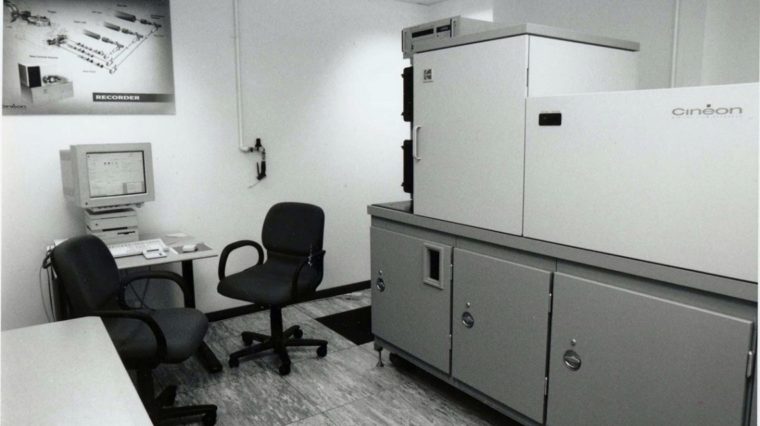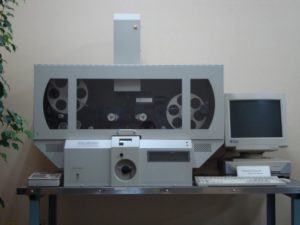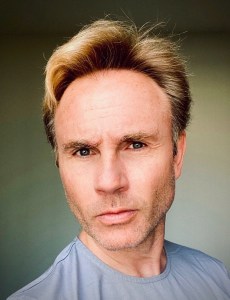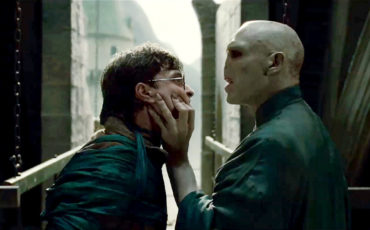
Cinesite turns 30: a look back at the VFX studio’s history
Ian Failes takes a look back at our VFX history, from the Cineon system to first-hand memories of working at our studio. Thanks, Ian for a great trip down memory lane!
Cineon, digital workflows, visual effects highlights and animated beginnings.
When I was first getting into visual effects journalism—in the early 2000s—the main pieces of compositing software were Shake, Nuke and Flame. But in many interviews I did around that time, the name ‘Cineon’ kept coming up. It was, of course, the Cineon digital film system from Kodak and Cinesite made up of a film scanner, film recorder and workstation hardware with software (the Cineon file format) that helped usher in a wave of digital workflows, and remained highly influential for decades in digital compositing.
Cinesite began in Hollywood in 1991, with a London office opening 1994. Back then, and until 2012, it was a subsidiary of Kodak. Now it is an independent studio, currently celebrating 30 years in the industry. And if you haven’t caught up with Cinesite in recent times, the studio now has locations in London, Montreal and Vancouver, and includes the VFX brands Image Engine and TRIXTER.
Cineon is just one of the landmarks in Cinesite’s three-decade history; others include its key role in the history of digital intermediate workflows (O Brother, Where Art Thou?), the advent of its models and miniatures shop (Harry Potter 3 and V for Vendetta), a swathe of killer VFX scenes (all the way from Space Jam to many Marvel films and now No Time To Die) and, most recently, its leap into animation (The Addams Family).
A first-hand memory of working at and with Cinesite
Visual effects supervisor Matt Johnson (Mary Poppins Returns) was one of Cinesite London’s early employees. He started at the newly-formed UK office as a runner, then moved up to data operator. “In those days machines were all local and no one could render off a network,” Johnson recalled for befores & afters.
“So, everything was incredibly slow. My job was to come in the evenings about five o’clock and basically have to spend the night babysitting these computers. I’d watch the animating onscreen charts and graphs showing the shot’s were being rendered. Then I had to write the data onto metrum tapes and then take them down to the film recording system and then they’d scan it out and send it off to the night bath back in Soho Images.”
Click here to continue Ian’s trip down memory lane.





